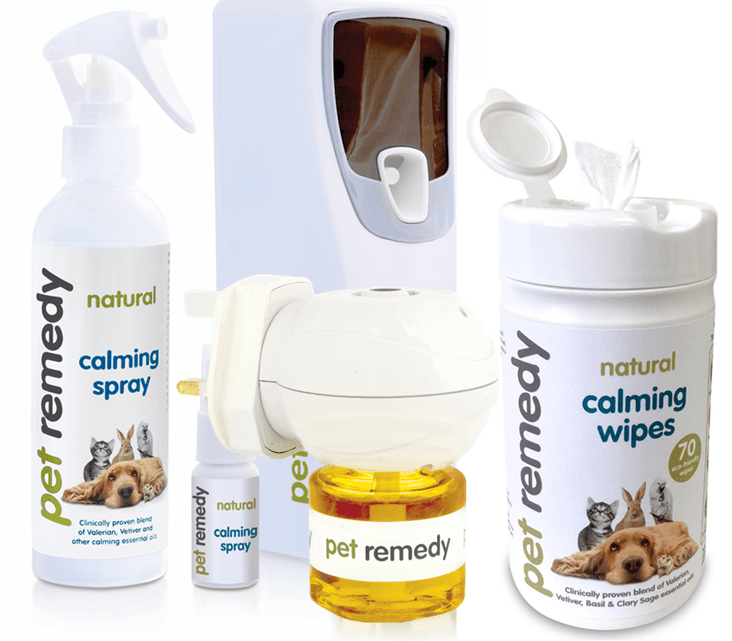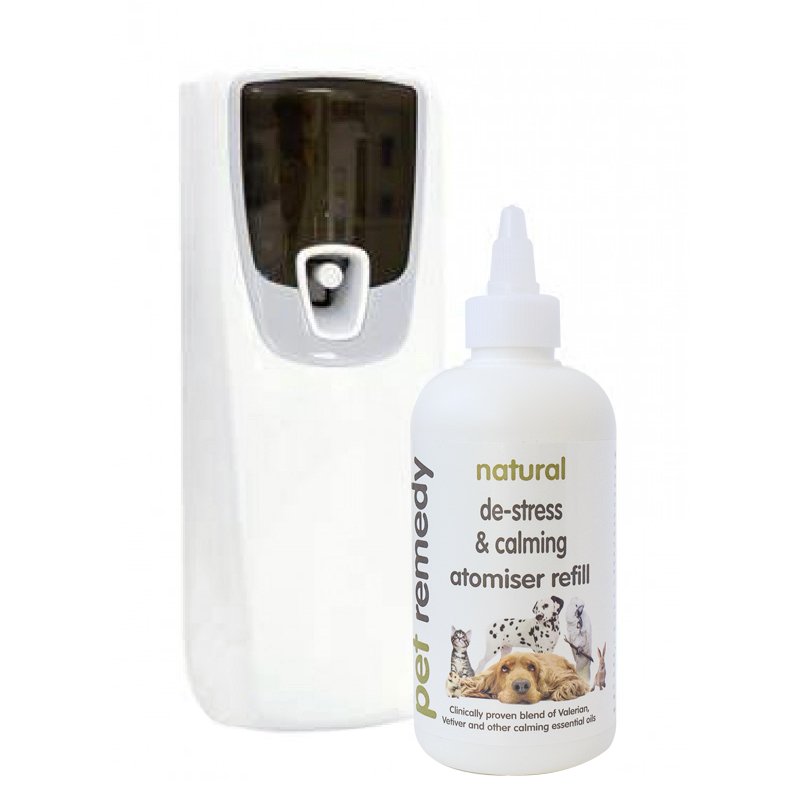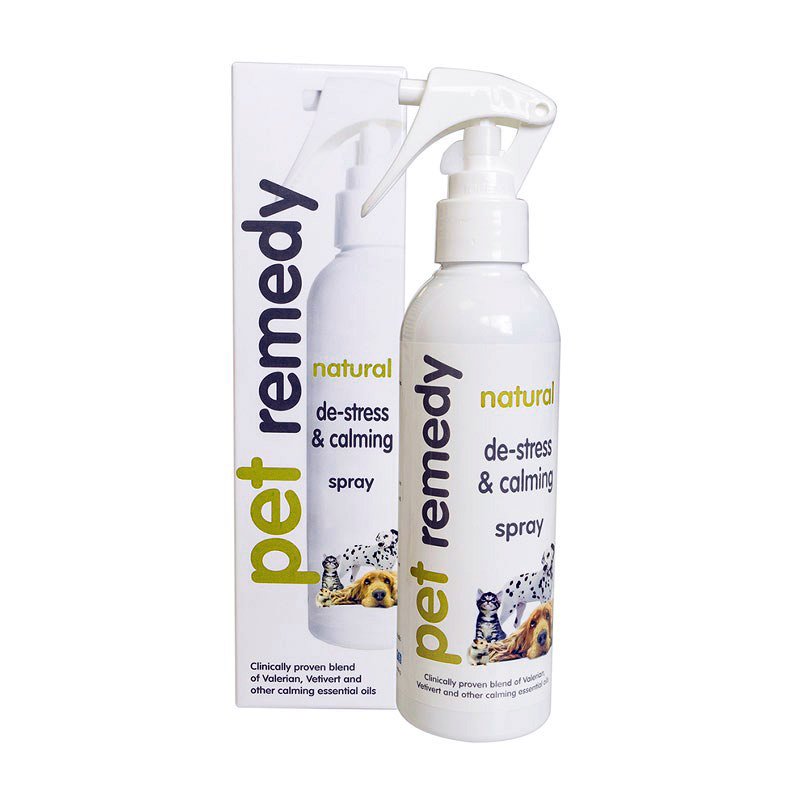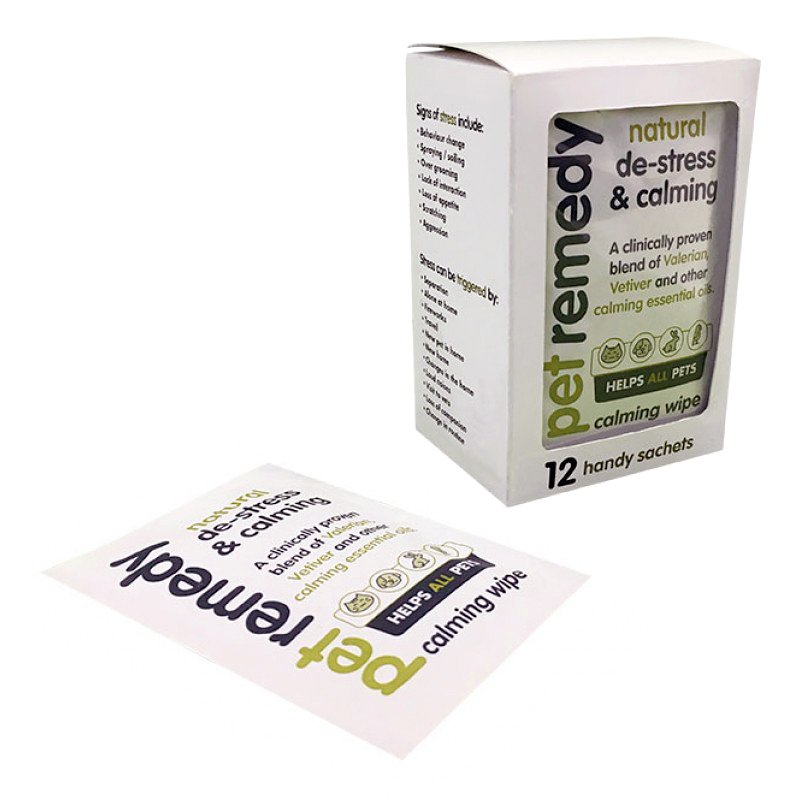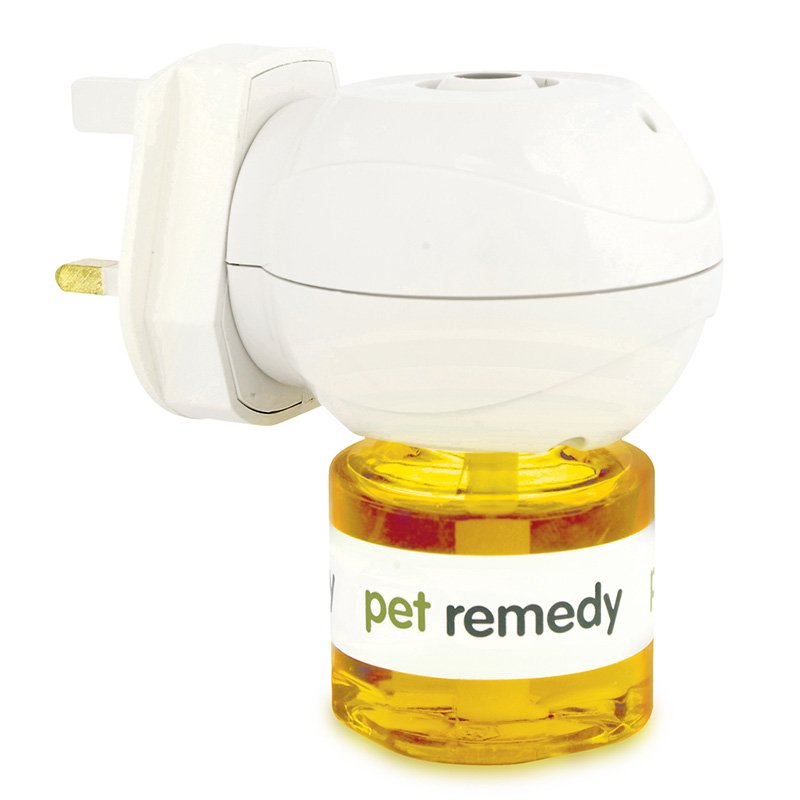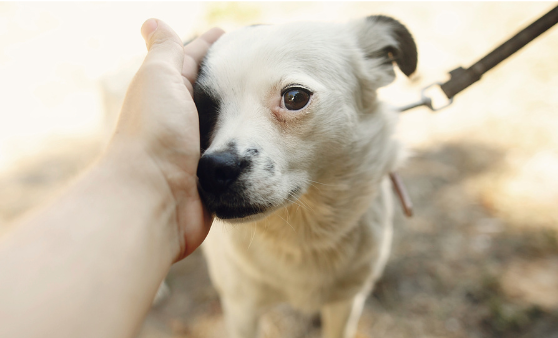
by Andrew Hale, BSc, ISCP.Dip.Canine.Prac, Behaviourist at Pet Remedy.
As the firework and party season approaches, we inevitably find ourselves discussing the impact of noise on pets, particularly dogs. For many dogs and their caregivers, this time of year can be incredibly stressful, with noise-related anxiety becoming a major welfare concern. Understanding noise phobia in dogs, its causes, and how to support affected dogs is crucial for veterinary professionals during this challenging period.
Noise phobia: A widespread issue
A UK-based study of almost 4,000 dogs revealed that 25% of them exhibited signs of noise phobia. When owners were given a more detailed questionnaire that included triggers like fireworks, car doors slamming, or even vacuum cleaners, the figure jumped to a staggering 49%.
This data clearly indicates that noise-related challenges are a significant problem, not only for the dogs but also for their caregivers, who are tasked with managing difficult and distressing behaviour.
The welfare implications for dogs affected by noise phobia are serious. Beyond the immediate fear response, these dogs can suffer from ongoing anxiety and behavioural problems. Caregivers often face the daunting task of comforting their dogs, which can take an emotional toll as well.
Recognising and diagnosing noise phobia
For some dogs, the noise itself is the primary problem. However, for others, noise phobia may be symptomatic of broader issues such as trauma, general anxiety, or even physical discomfort caused by conditions like arthritis or ear infections.
Veterinary professionals should be aware that dogs presenting with heightened noise sensitivity may benefit from a comprehensive medical examination to rule out underlying conditions that may exacerbate their fear response.
One key element of treatment is to adopt an individualised approach. Dogs vary significantly in how they experience and react to noises. Some might be startled but recover quickly, while others exhibit sustained panic and stress. Understanding a dog’s unique reaction pattern is essential for tailoring the appropriate interventions.
Management strategies for caregivers
Educating caregivers on how to manage their dog’s anxiety is a vital component of care. While it’s often assumed that comforting a dog during episodes of fear reinforces the anxiety, this is a myth. Encouraging caregivers to offer calm reassurance can help alleviate stress without reinforcing any perceived negative behaviours. Key advice includes creating a safe and quiet space in the home where dogs can retreat, such as a cosy, enclosed area, potentially augmented with familiar bedding or toys. Masking outside noise with white noise or calming music may also provide additional relief.
In more severe cases, dogs may need a combination of environmental management, behavioural support, and potentially pharmacological interventions. Medications or supplements prescribed by veterinarians can help ease severe anxiety, but these should be paired with behavioural strategies for the best outcome.
Long-term approaches:
Desensitisation, counter-conditioning and professional support
Beyond immediate interventions, long-term desensitisation and counter-conditioning protocols can make a profound difference for dogs with chronic noise anxiety.
This typically involves gradual exposure to the problematic noises at a low, manageable level, helping dogs build tolerance over time. It’s important that caregivers engage with force-free, positive reinforcement methods during this process to avoid exacerbating the dog’s fear.
Veterinary professionals should guide their clients to reputable trainers or behaviourists who specialise in fear-based behaviours and employ humane training techniques.
The role of calming products
As part of a comprehensive approach to managing noise phobia, calming products can offer support. Pet Remedy, for example, provides a range of products that can assist dogs in staying calm during stressful events.
A popular choice among caregivers is the Pet Remedy Plug-in Diffuser, which helps promote emotional well-being in dogs throughout the year. Additionally, spraying Pet Remedy on a dog’s bedding or in their safe space before fireworks or other noisy events can offer an extra layer of support.
While products like Pet Remedy can be a helpful tool, it’s important to remember that they work best when combined with other behavioural interventions and environmental adjustments.
Click here to find out more about the Pet Remedy range.
Key takeaways for veterinary professionals
For veterinary professionals, understanding the complexities of noise phobia is crucial to providing the best care during the fireworks season. The following steps can help:
Get a vet check: Ensure that dogs with noise phobia are thoroughly checked for underlying medical conditions that may worsen their anxiety. Issues like ear infections, arthritis, or other painful conditions can heighten the intensity of their response to noise.
Educate caregivers: Emphasise the importance of creating safe spaces for dogs, offering comfort rather than punishment, and recognising the signs of severe anxiety that may require professional help. Reinforce the idea that not all noise-related anxiety is curable, but most dogs can improve with the right interventions.
Consider calming products: Products like Pet Remedy can offer non-invasive support and are best used as part of a broader strategy that includes environmental control, behavioural therapy, and in some cases, medication.
Recommend desensitisation: Encourage caregivers to consider long-term desensitisation programmes to gradually reduce their dog’s sensitivity to noise. Partnering with force-free, positive reinforcement trainers and behaviourists is essential for success.
In summary, noise phobia is a complex issue that requires a multi-faceted approach to treatment. While products like Pet Remedy can help, the real key lies in a combination of professional support, individualised care plans, and caregiver education.
As veterinary professionals, you play a crucial role in guiding caregivers and offering solutions that enhance the well-being of both dogs and their families during this stressful season.
More about the author – Andrew Hale, Behaviourist at Pet Remedy.

Andrew Hale, BSc, ISCP.Dip.Canine.Prac, is a Certified Canine Behaviourist at Pet Remedy. He is proud to be an expert advisor for Canine Arthritis Management, a Kids Around Dogs Trainer, and supports many dog welfare and rescue organisations. With a background in Human Psychology, Andrew focuses on the emotional experiences behind behaviour in both dogs and humans. He has played a key role in the UK dog training community as a former chair of the Association of INTODogs and the driving force behind the UK Dog Behaviour and Training Charter.
The article was originally posted in The Cube magazine, October 2024 issue. Click here to read the magazine.
